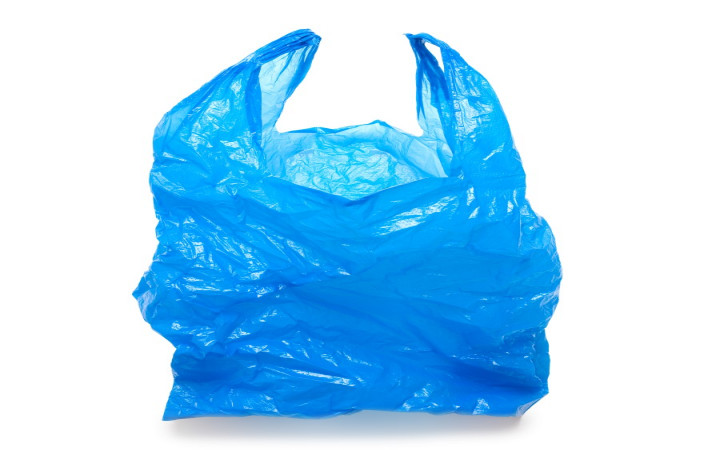Do you ever daydream about what it would be like to have lived hundreds of years ago? Would you have made a good pioneer? Or are the modern comforts of today's life simply too much to do without?
Think about how simple tasks might differ today than they did in the past. Today, you can buy cereal in a bag, milk in a jug, and bring both home in a bag. After pouring your milk and cereal in a bowl, you dig in with a spoon and your day is off to a good start.
Long ago, though, this picture might have looked very different. There weren't supermarkets like we have today. You could make your own cereal from grains you grew yourself. Milk would come straight from the cow and be stored in a metal or glass pitcher. Your bowl and spoon would've been made of wood or glass, too.
If you look closely at these two scenarios, you might notice that the presence of one substance makes the modern experience so much different. We're talking about plastic! From plastic bags and milk jugs to plastic bowls and spoons, the invention of plastic fundamentally changed the way we manufacture, purchase, and use many products.
The history of plastic dates back to 1862, when Alexander Parkes demonstrated Parkesine, his man-made plastic derived from organic cellulose, at the Great International Exhibition in London, England. Parkesine could be heated and molded into objects that would retain their shape when cooled.
A few years later, in 1868, John Wesley Hyatt combined organic cellulose with camphor to create celluloid. In addition to being a substitute for ivory in billiard balls, celluloid became popular as the substance used to make the first flexible photographic film for movies and still pictures.
Other advances in plastics followed, using various other organic substances. It wasn't until 1907, however, that the first fully-synthetic, commercially-successful plastic was invented by Leo Hendrik Baekeland.
He called it Bakelite, which was much easier to pronounce than its chemical name: polyoxybenzylmethylenglycolanhydride. Bakelite was made by combining phenol with formaldehyde under heat to create a condensation reaction that produced the polymer resin Baekeland called Bakelite.
Prior to the invention of plastic, products were limited by the availability of natural materials (or those based upon natural materials), such as wood, metal, glass, pottery (clay), and eventually tree gums (rubber). The invention of plastics opened up a whole new world of possibilities for manufacturing. From automobile parts and telephones to jewelry and kitchenware, plastics took the world by storm.
Nearly every industry was affected by the invention of plastics. The field of medicine has had many advancements thanks to plastics, such as vaccinations and CAT scans. Even the clothing industry saw natural fibers begin to compete with plastic fibers, such as nylon. Other plastics became commonplace and known by name: Dacron, Styrofoam, vinyl, for example.
When you look around the world today, it's amazing to see how many things are made from plastics. As hard as it may be to imagine living long ago, it's probably much more difficult for those who lived long ago to imagine the plastic world we live in today!





